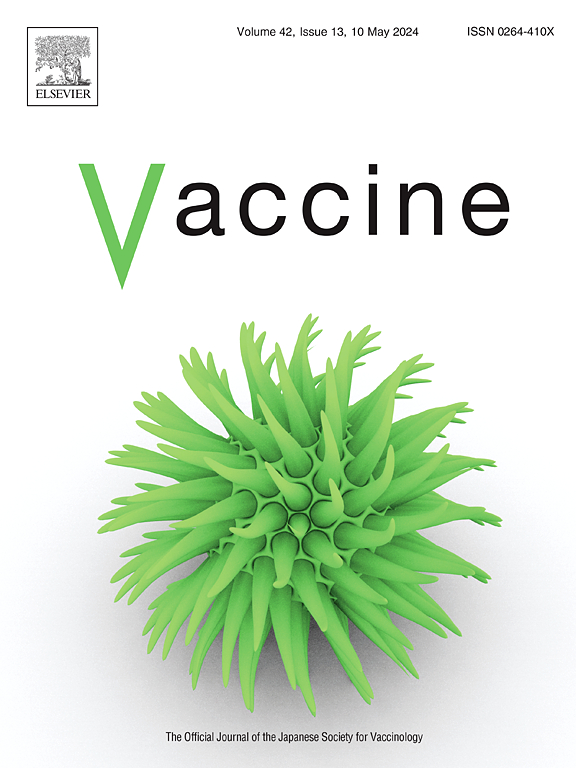摘要
背景马来西亚目前在控制狗介导的人类狂犬病传播方面面临着巨大挑战,新疫区的反复爆发和人类死亡人数的增加就是证明。材料和方法开展了一项横断面研究,分析了 2015 年至 2023 年的监测数据,以研究马来西亚狂犬病的流行病学特征。研究使用了多种来源的数据,并计算了描述性统计数据、发病率和繁殖数量。我们使用 QGIS 软件绘制狂犬病病例分布图,并采用统计方法评估狂犬病发病率、疫苗接种覆盖率和风险因素之间的关联。我们进一步探讨了疫苗接种活动和公共卫生干预措施在减少狂犬病传播方面的效果。沙捞越报告的狂犬病病例比例最高,达 97.99%,这表明发病地点与狂犬病病例之间存在显著相关性(p < .001)。狗占确诊病例的 89.35%,而年平均疫苗接种率仅为 16.66%,远远低于群体免疫所需的 59.05%。此外,沙捞越报告的人类狂犬病病例死亡率高达 90.28%,令人震惊,这凸显了改善公共卫生措施和监测的迫切需要。Background
Malaysia currently faces significant challenges in controlling the spread of dog-mediated human rabies, as evidenced by recurrent outbreaks in newly affected areas and increasing human fatalities.
Materials and methods
A cross-sectional study was conducted to analyse surveillance data from 2015 to 2023 to examine the epidemiological characteristics of rabies in Malaysia. Data from multiple sources were used, and descriptive statistics, incidence rates, and reproductive numbers were calculated. QGIS software was used to map the distribution of rabies cases, and statistical methods were employed to evaluate associations between rabies incidence, vaccination coverage, and risk factors. We further explored the effectiveness of vaccination campaigns and public health interventions in reducing rabies transmission.
Results
Our findings revealed 995 confirmed rabies cases in animals. Sarawak reported the highest proportion of rabies cases at 97.99 %, showing a significant correlation between location and rabies cases (p < .001). Dogs comprised 89.35 % of confirmed cases, while the average annual vaccination rate was only 16.66 %, far below the 59.05 % needed for herd immunity. Moreover, human rabies cases reported in Sarawak had an alarmingly high fatality rate of 90.28 %, highlighting the urgent need for improved public health measures and surveillance.
Conclusion
This research provides critical insights for policymakers and health officials to improve rabies control strategies in Malaysia.

 求助内容:
求助内容: 应助结果提醒方式:
应助结果提醒方式:


